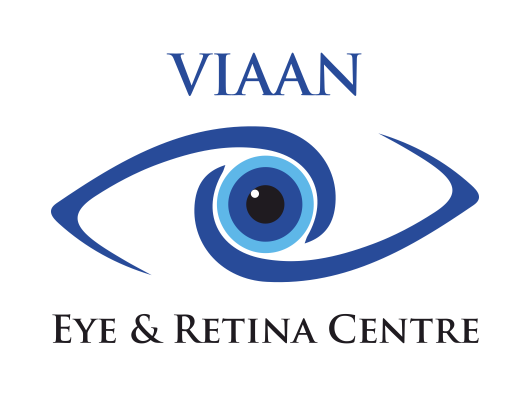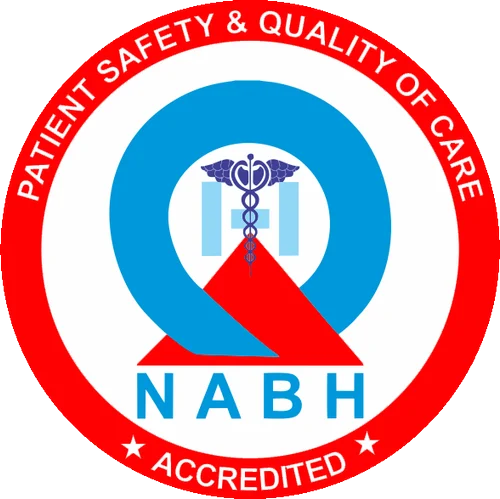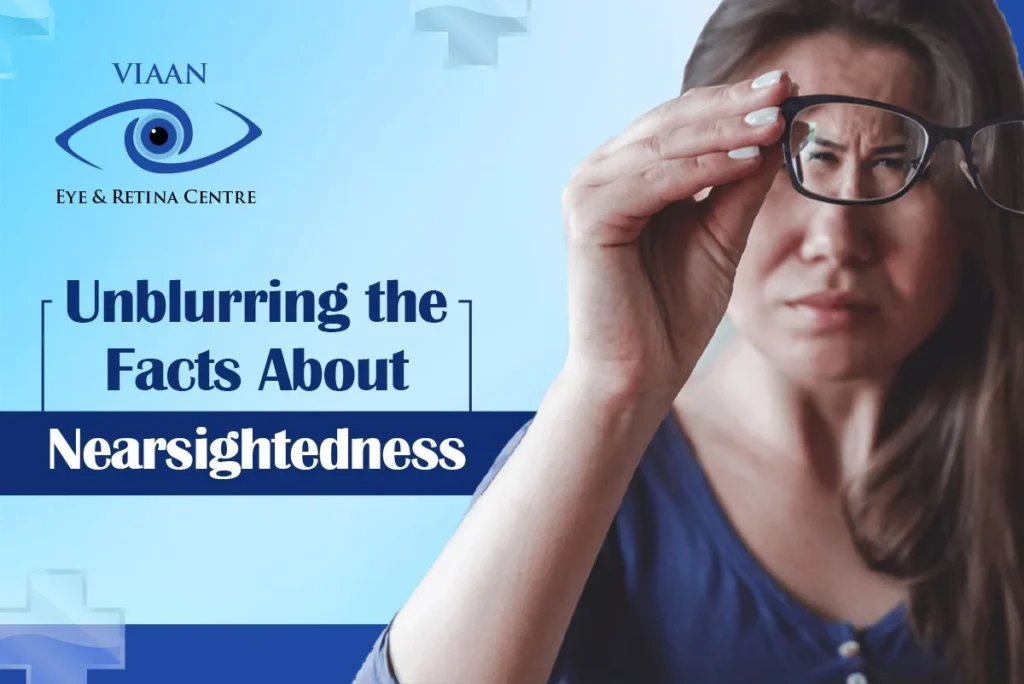Myopia, commonly known as nearsightedness, is a prevalent vision condition affecting millions of people worldwide. With the increasing reliance on screens and changing lifestyle patterns, the prevalence of myopia has been on the rise. Understanding the key aspects of myopia is crucial for individuals, parents, and society as a whole. This article aims to unblur the facts surrounding nearsightedness, exploring its causes, symptoms, and available management strategies.
What Is Myopia
Myopia is a refractive error of the eye that causes distant objects to appear blurry while close objects remain clear. The condition occurs when the eyeball is too long or the cornea (the front part of the eye) has too much curvature. As a result, light entering the eye focuses in front of the retina instead of directly on it.
Causes and Risk Factors
Several factors contribute to the development of myopia, and a combination of genetics and environmental factors play a role. If parents are nearsighted, there is an increased likelihood that their children will be as well. However, environmental factors such as excessive screen time, limited outdoor activities, and prolonged near work (reading, writing) can also contribute to myopia progression.
Symptoms
The symptoms of myopia are generally straightforward and can include:
- Blurred vision when looking at distant objects.
- Squinting or straining to see clearly.
- Frequent headaches caused by eye strain.
- Difficulty seeing clearly while driving or playing sports.
Diagnosis
An eye examination by an optometrist or ophthalmologist is crucial for diagnosing myopia. The eye care professional will perform tests such as visual acuity tests and refraction tests to determine the degree of nearsightedness.
Management and Treatment
Several approaches can help manage and correct myopia
- Prescription Glasses or Contact Lenses: These are the most common methods for correcting myopia. They compensate for the refractive error and provide clear vision.
- Refractive Surgery: Procedures like LASIK (Laser-Assisted In Situ Keratomileusis) reshape the cornea, correcting myopia. This is a more permanent solution but requires careful consideration and consultation with a qualified eye surgeon.
- Orthokeratology: This involves using specially designed contact lenses worn overnight to reshape the cornea temporarily. It provides clear vision during the day without the need for glasses or contacts.
Prevention
While genetic factors cannot be changed, certain lifestyle modifications may help slow the progression of myopia, especially in children:
- Outdoor Activities: Encouraging children to spend more time outdoors has been linked to a reduced risk of myopia.
- Limiting Screen Time: Implementing the 20-20-20 rule (taking a 20-second break to look at something 20 feet away every 20 minutes) can alleviate eye strain.
- Proper Lighting: Ensuring adequate lighting while reading or working on close tasks can reduce eye strain.
Myth & Facts
| Myth | Fact |
| Myopia can be cured. | There’s no cure for myopia itself, but vision correction and management techniques can provide clear vision and slow progression. |
| Eye exercises cure myopia. | Eye exercises can’t change the eye’s structure and therefore don’t treat myopia directly. |
| Pressing on your eyes shortens the eyeball. | This is dangerous! It can damage eye structures and worsen vision. |
| Taking vitamins can cure myopia. | Vitamins are important for eye health, but none have been proven to cure or reverse myopia. |
| Contact lenses are dangerous for children. | Modern contact lenses are safe and effective for children with proper care from an eye doctor. |
| Spending time outdoors has no effect on myopia. | Sunlight exposure plays a crucial role in preventing and slowing myopia progression, especially in children. |
| Myopia only affects children. | Nearsightedness can develop or progress in adulthood too. Regular eye exams are crucial for all ages. |
Conclusion
Myopia is a common vision condition that can significantly impact daily life if left unmanaged explained by the Eye Specialist Doctor. Understanding the causes, symptoms, and available treatment options is essential for individuals and parents alike. Regular eye examinations, lifestyle adjustments, and early intervention can help maintain clear vision and mitigate the impact of myopia on one’s quality of life.
If you suspect myopia or experience any visual discomfort, consult with Viaan eye & retina centre professionals for a comprehensive assessment and appropriate guidance. We have a team of experts who can check the matter from the deep and help you with the best solutions, you can book an appointment through a call or directly pay us a visit to our Eye hospital.



